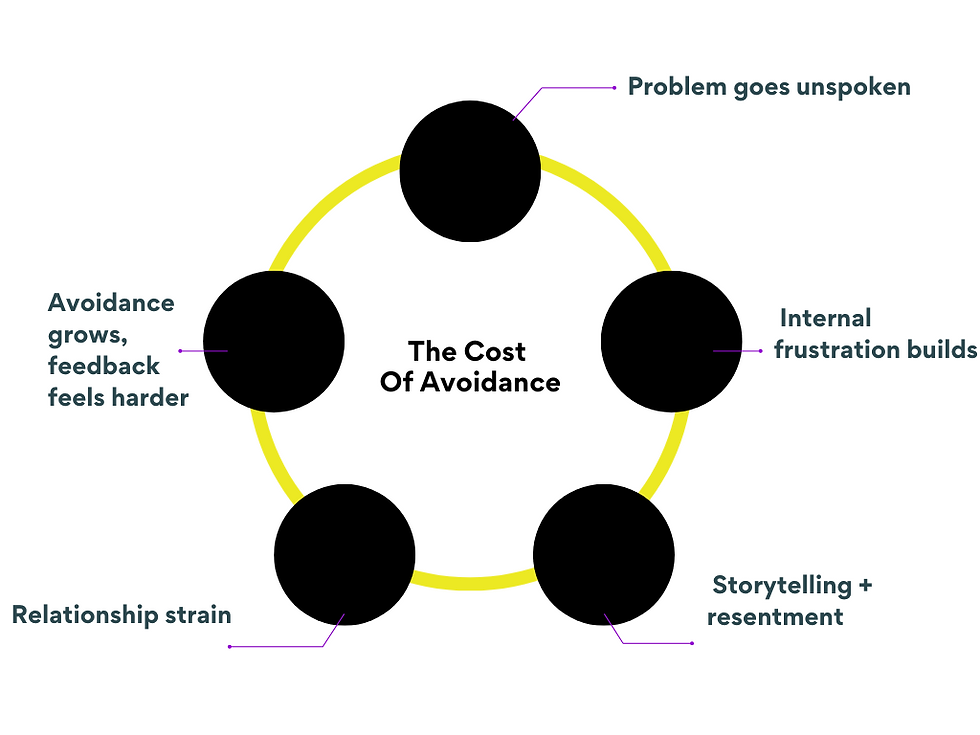Part 1: What Stress Really Does to Leaders and Teams
- Jessica Grossman

- Sep 16, 2025
- 2 min read
Updated: Sep 18, 2025
Bridging Individual Triggers with Team Tensions
A deadline looms. A key client is furious. A team member misses a milestone. Your inbox explodes. Your stomach tightens. Suddenly, you’re reacting—snapping at someone, doubling down on an old tactic, or shutting down a bold idea before it’s even fully formed.
Stress begins with a stressor—an external event or situation that your brain perceives as demanding or threatening. But here’s the key: not every stressor produces stress, and stress itself is neither good nor bad. It’s simply your body and mind’s response to a perceived challenge or threat, shaped by past experiences, beliefs, and interpretations.
For example, a tight deadline might stress one person but not another. Even though the external stimulus is the same, the person who doesn’t perceive it as threatening likely hasn’t had prior experiences that trigger the physiological stress response. Stress is therefore both psychological and physiological—a combination of how we interpret the situation and how our body reacts to it.
The Stress Response: How the Body Reacts
When your brain interprets a stressor as a threat, it triggers a biological survival response. Your heart races, breathing quickens, muscles tense, and hormones like adrenaline and cortisol surge. Systems that aren’t immediately necessary—like digestion and immune function—slow down, directing all energy toward fight, flight, or freeze. Sometimes, however, the most effective response isn’t to fight or flee, but to seek support from others. This “tend-and-befriend” response releases oxytocin, which strengthens social bonds and also moderates the stress response. This duality explains why we can feel stress and gratitude simultaneously.
Stress itself isn’t inherently positive or negative—it’s simply a biological and psychological reaction to a perceived challenge or threat.
In short: Stressor (external event) + Stress Response (body + mind reaction) = Stress
Often, what makes stress “stick” isn’t the stimulus itself, but the stories we tell ourselves afterward—the assumptions and judgments we layer onto the experience.
Stress & the Brain: The Window of Tolerance
Neuroscientist Dan Siegel describes being pushed “outside our window of tolerance.” In that state, the prefrontal cortex—responsible for reasoning, creativity, and long-term planning—goes offline. The amygdala takes over. Fight. Flight. Freeze.
Useful in a true crisis, yes, but in most work situations, it shuts down creativity, problem-solving, and collaboration. And in organizations, this is when strategic execution goes off the rails.
Takeaway: Recognize when your stress response is taking over. Pause and notice your body’s signals before reacting.


Comments